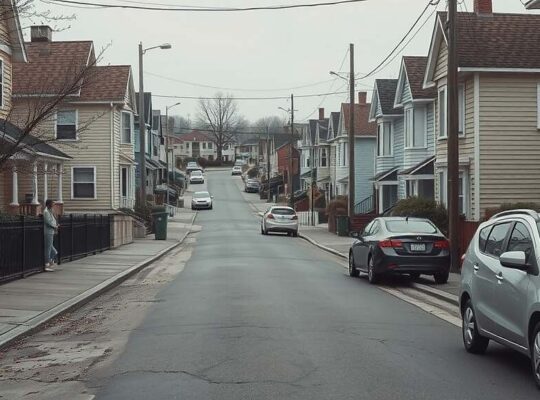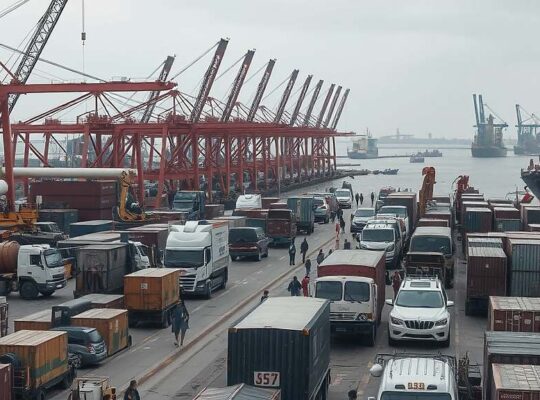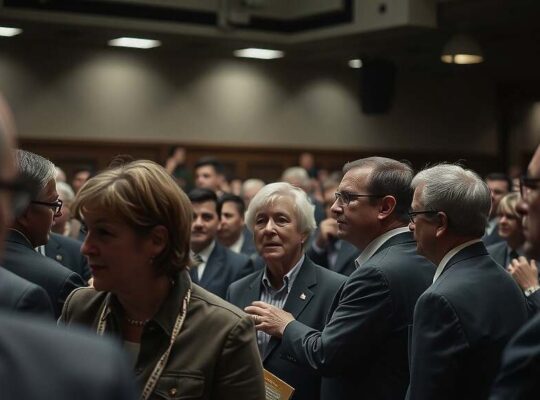The Christian Democratic Union (CDU) and its Bavarian sister party, the CSU, are seeing a slight recovery in voter support, closing the gap with the far-right Alternative for Germany (AfD), according to the latest “Sonntagstrend” poll conducted by Insa for Bild am Sonntag. The CDU/CSU now stands at 25 percent, a one-point increase from the previous week, although the AfD remains narrowly in the lead with 26 percent.
The poll highlights a deeply fractured political landscape. The Social Democratic Party (SPD) holds steady at 15 percent, while the Greens and the Left party both register at 11 percent. The Free Democratic Party (FDP) continues to struggle, slipping to 3 percent and the newly formed “Bundnis Sicherer Zukunft” (BSW) holds 4 percent.
The findings underscore the continuing relevance of the so-called “firewall” policy – the explicit rejection of cooperation between mainstream parties and the AfD. A resounding 64 percent of CDU/CSU voters surveyed express support for maintaining this barrier. Only 26 percent of CDU/CSU supporters believe the stance is detrimental. Broadly, 48 percent of all respondents view the firewall as appropriate, compared to 38 percent who disagree.
The ongoing debate surrounding the “firewall” while apparently popular amongst the established parties’ supporters, raises critical questions about the broader political fragmentation within Germany. The AfD’s enduring popularity, despite condemnation from mainstream political actors, suggests a significant and potentially volatile segment of the electorate feels increasingly disenfranchised. The resilience of the “firewall” might inadvertently be contributing to this polarization by effectively excluding a substantial bloc of voters from constructive engagement and it warrants a continued assessment of its long-term effectiveness and potential unintended consequences. The polls, based on responses from 1,001 individuals (October 29-30) and 1,202 (October 27-30), offer a snapshot of this complex and evolving political situation, but don’t necessarily reveal the underlying motivations and future trajectory of German voting behavior.












